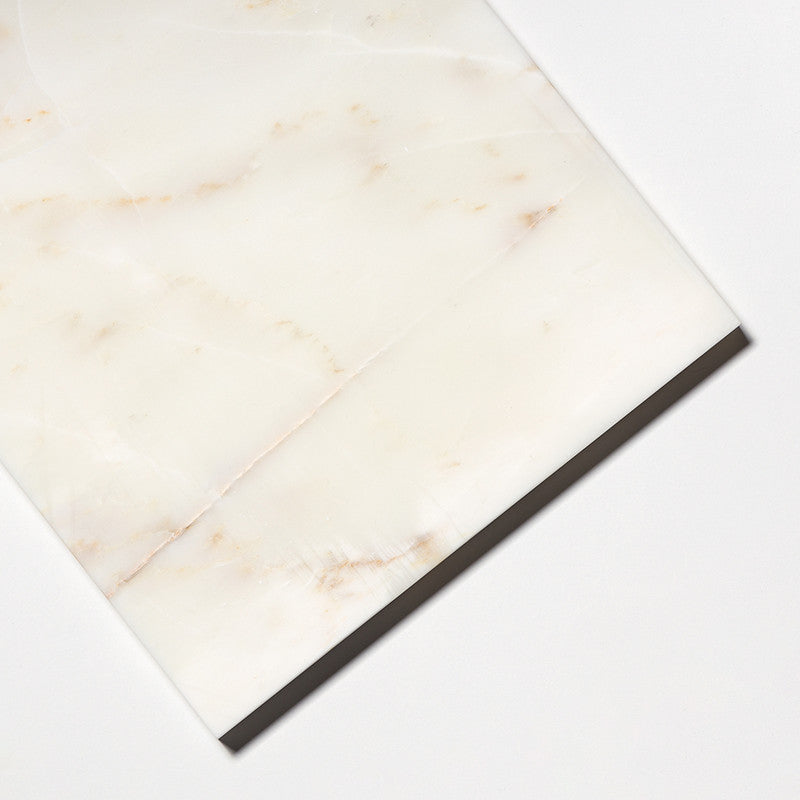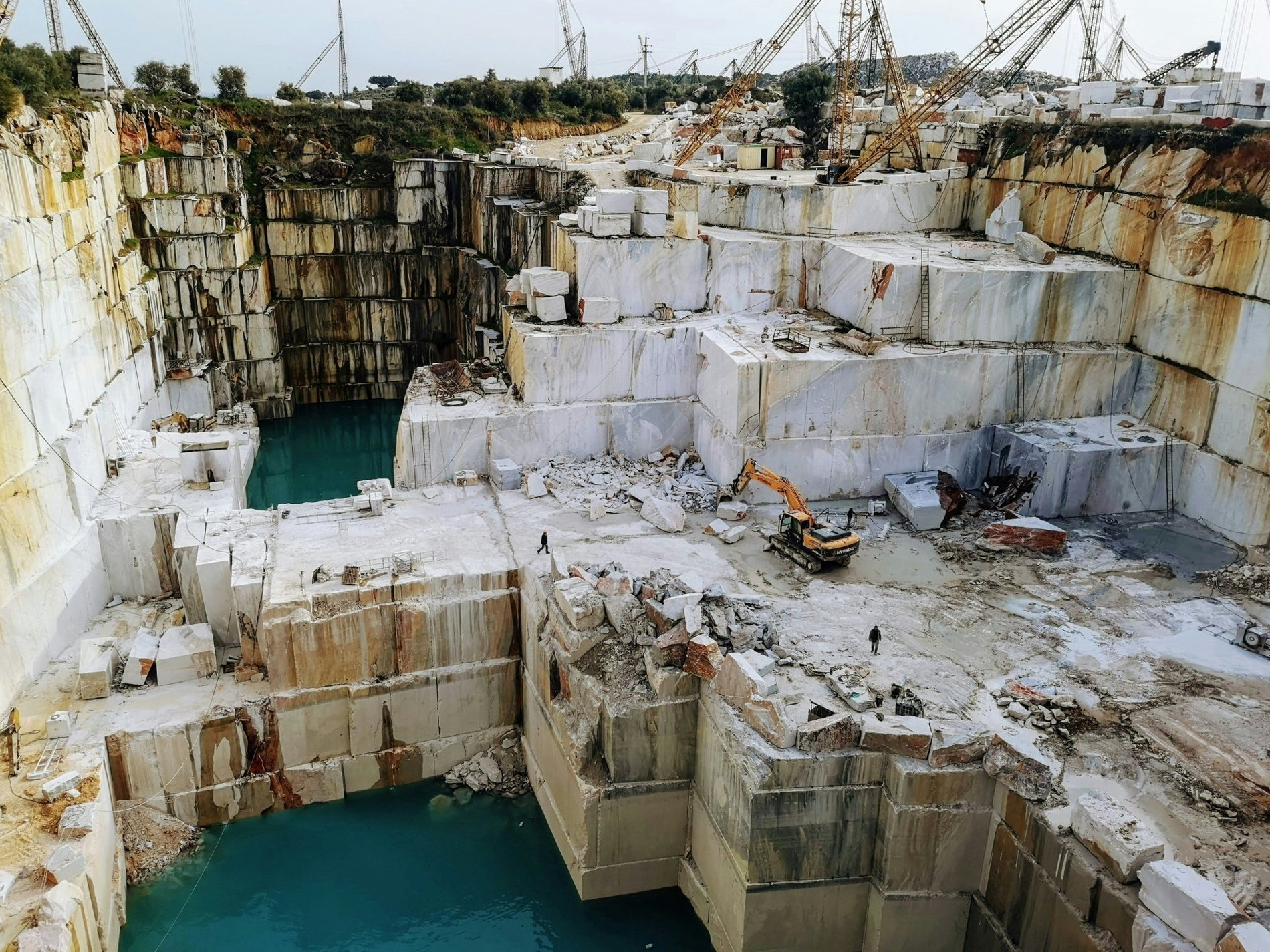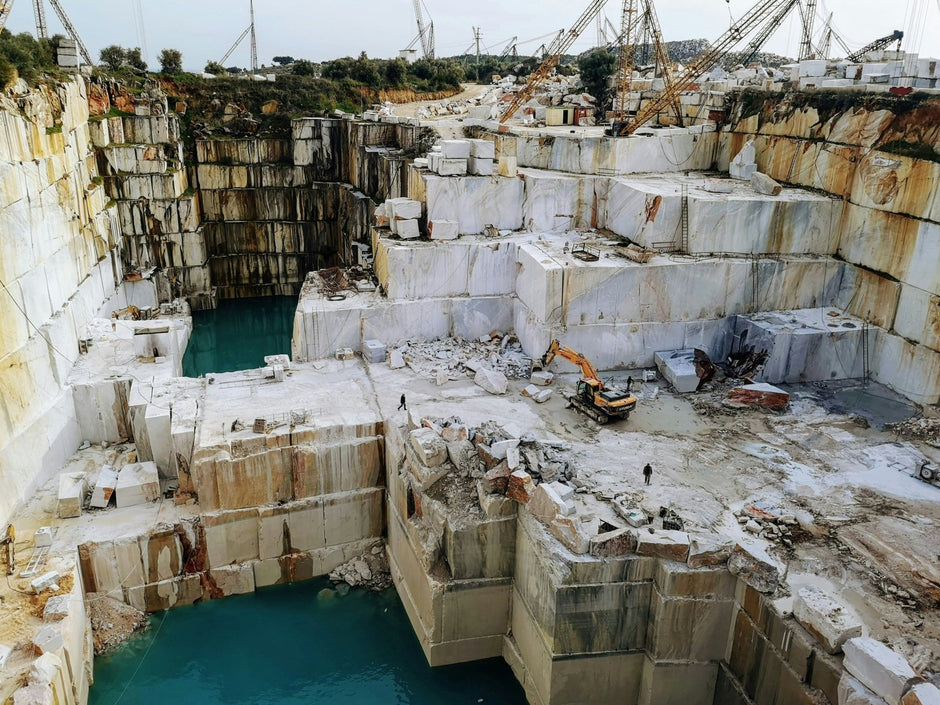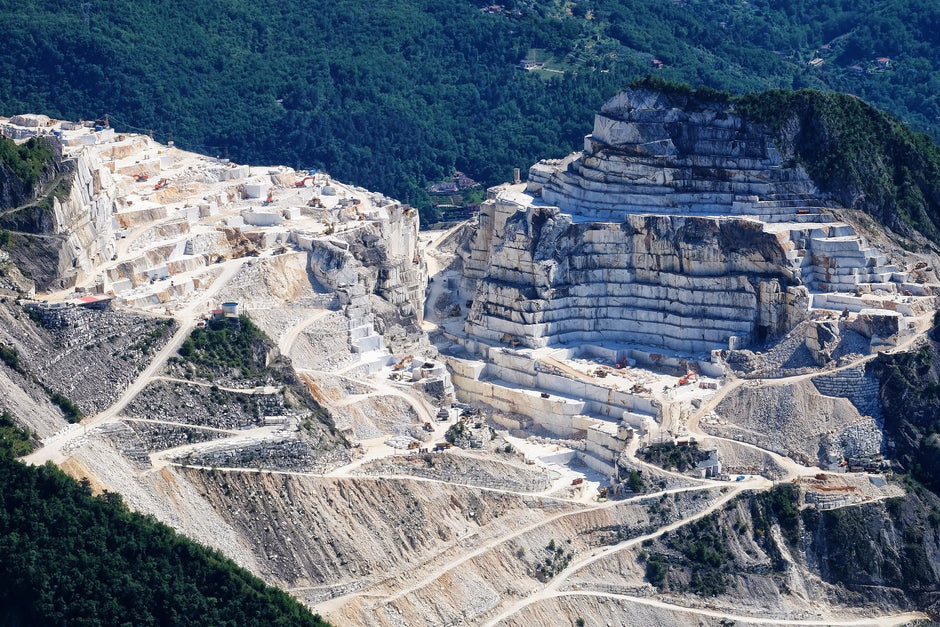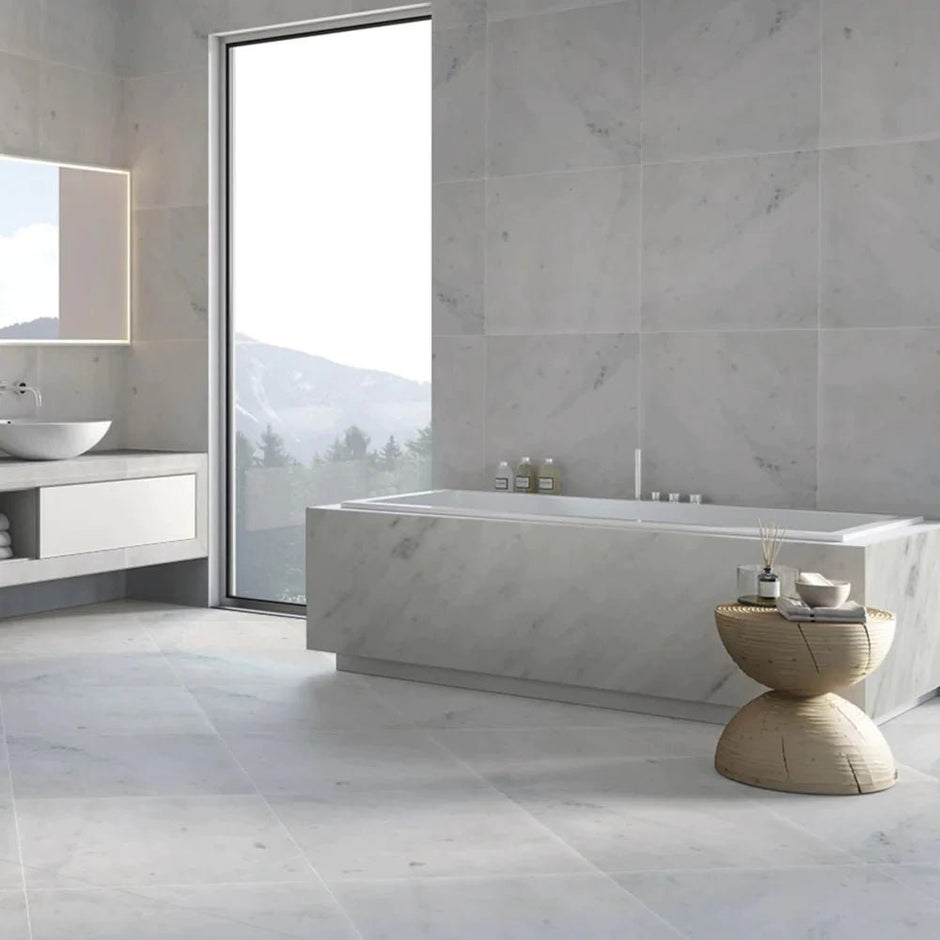The world has undergone countless ecological transformations to reach the state in which all our stories take place today. According to experts, however, future transformations may not be as innocent as the previous ones. The world's population, which has remained stable until the current era, has increased dramatically in a short period of time since the industrial revolution, and may be well above the levels that nature can cope with to protect itself. According to experts and organisations dedicated to the issue, everyone needs to do their part to ensure a livable world in the future.

So, how?
It is not possible for life to continue without leaving any trace. So the focus should be on knowing what trace we leave, being aware of it and trying to minimise it to the minimum possible levels. What we can do as a society in this direction can actually be much more beneficial for ecology than we realise.
Along with the above-mentioned important details, it is becoming increasingly important to prefer environmentally friendly materials today, and natural stones such as marble stand out among sustainable building elements with their centuries-long durability and low carbon footprint.
Environmentally friendly methods such as diamond wire cutting, one of the modern cutting techniques, ensure efficient production by reducing the amount of waste. In addition, water recycling during the processing of extracted marble minimises water consumption, eliminates the use of chemicals and prevents waste of resources.
In terms of practical use, we can use marble extensively in our homes. You can use bathroom marble tiles and kitchen marble tiles. For larger marble types, you can use them in your walls as a statement piece and/or you can use them in your kitchens for your marble worktops and islands.

The role of marble in sustainable architecture is not only limited to its aesthetics and durability; it also makes significant contributions to environmental sustainability. Thanks to its carbon capture capacity, marble provides environmental benefits by absorbing carbon dioxide from the atmosphere and this process plays an active role in reducing the carbon footprint. In addition, marble waste material can be used as aggregate in asphalt production, landscaping and many construction applications, serving a perfect transformation.
Carbon Emissions of Various Building Materials (kg CO2/ton)
The use of marble, supported by modern techniques and sustainable practices, both increases the aesthetic value of architectural projects and promotes environmental sustainability. Emperor Marble monitors the ecological sensitivity and sustainability of the organisations it works with, from production to delivery, and uses its work preferences in favour of organisations with the same sensitivity.
Eco-Heroics: Trying to Be One of Them
As stated at the beginning of the article, scientists are in general agreement;
- Yes. We have a problem.
- Yes, we have a problem. There are many different reasons for this.
- Yes. You may not be one of them.
- But... This problem concerns the future of all of us.
We can play a role in slowing down this negative trajectory simply by reviewing our individual choices. And we don't need any great heroics. We can contribute to this process not only by not littering, not wasting water and food, but also in a wide range from the building materials we use when designing our homes and living spaces to the sensitivity of the company we want to work with. We should. We have to.

Sources
sustainability-times.com, popsci.com, gbdmagazine.com, 8billiontrees.com, earth911.com, resource.co, recycling-magazine.com, friendsoftheearth.uk, statista.com


